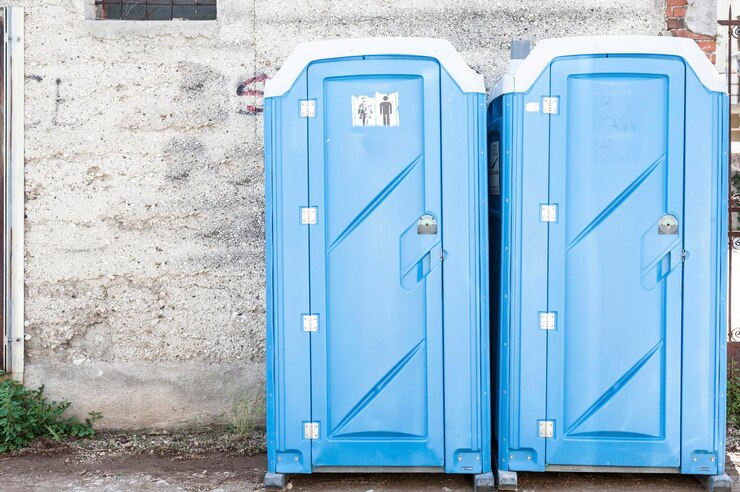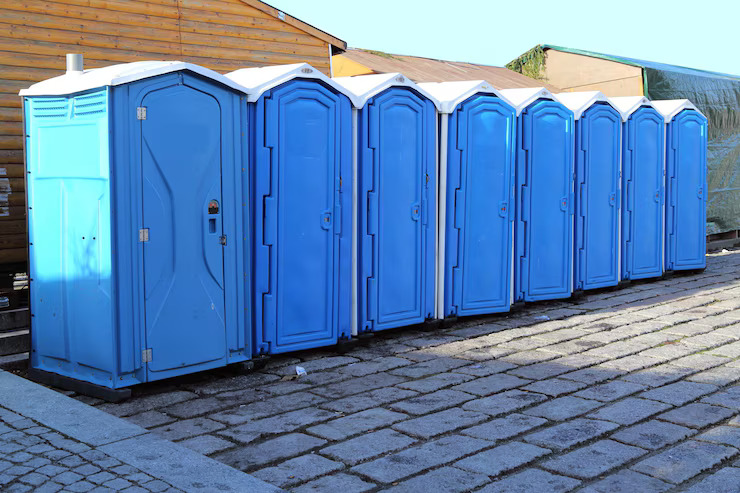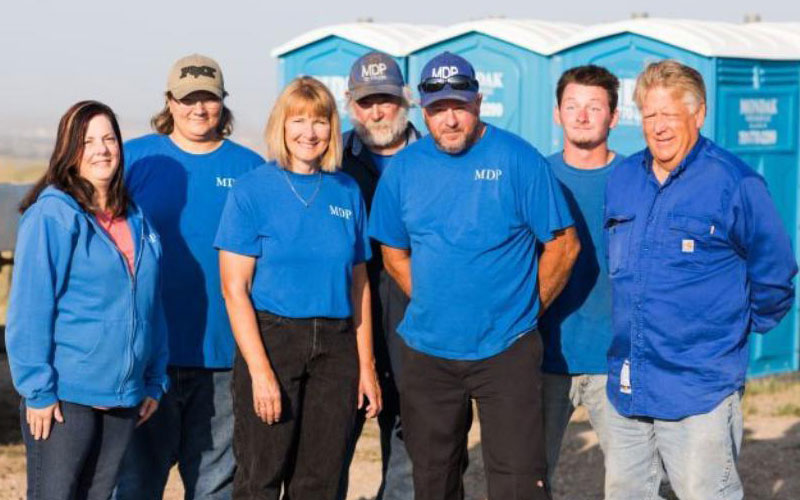
How Portable Toilet Waste Management Works
The United Arab Emirates depends on mobile sanitation systems to serve construction sites together with outdoor events and distant working areas since these areas lack permanent plumbing facilities. Modern portable toilet waste management evolved through several technological advancements leading to processes which stay invisible to typical users. The technical workings of modern sanitation systems enable people to better understand the design principles and environmental factors of important utility services.

The Foundation of Modern Portable Sanitation
Modern portable toilets provide much more than basic convenience—they represent carefully designed systems that balance user comfort with environmental responsibility. The core of effective portable toilet waste management begins with the holding tank, typically containing between 60-80 liters of capacity. Unlike older generations of portable facilities, contemporary units use specialized formulations that break down waste while controlling odors.
Collection and Transportation Process
Specialized vacuum trucks come to the portable toilet site for necessary servicing operations. The waste disposal operation begins by technicians opening portable toilet waste tank access points before inserting vacuum hoses into the tanks. The truck utilizes its strong vacuum technology to pull waste from the portable unit into its sealed storage tank that ranges from 2000 to 4000 liters.
The management of portable toilet waste demands strict and careful handling throughout this procedure. Technician’s duty includes both waste material extraction until complete removal and spill prevention alongside preventing any contamination. Service professionals need to add a new chemical solution to the tank once they have completed draining for a new cycle of treatment to begin. Professional technicians conduct mobile toilet servicing operations at a rate of under ten minutes per unit.
Treatment and Processing Methods
Portable toilet waste that has been gathered goes through special treatment procedures prior to its disposal. Portable toilet waste handling in the UAE requires adherence to precise environmental rules that defend water quality and human health. The management process for collected waste follows at least several recognized protocols.
The waste follows a route to treatment centres that perform solid-liquid separation processes. Treatment of wastewater liquid follows biological and chemical processes to filter pollutants and pathogens, leading to its ultimate release as safe-sealed wastewater. The dewatering process of solids leads to biosolids, which turn into agricultural fertilizer before being placed by law in proper landfills.
Health and Safety Protocols
Maintaining public health standards forms a central component of effective portable toilet waste management. Service providers implement strict protocols that prevent contamination and ensure user safety. Regular cleaning with hospital-grade disinfectants, frequent waste removal, and proper handling procedures protect both users and service personnel.
Professional portable toilet waste management companies train technicians in proper personal protective equipment usage and safe handling procedures. Specialized tools and equipment minimize direct contact with waste materials, reducing health risks and ensuring environmental protection throughout the service cycle.
Technological Advancements
Modern portable toilet waste management continues to evolve through technological innovation. GPS tracking systems now optimize service routes, ensuring timely maintenance while reducing unnecessary trips. Usage monitors can detect when units require servicing based on actual usage rather than predetermined schedules. Some advanced portable facilities now incorporate solar power for lighting and ventilation systems, reflecting the UAE’s commitment to sustainable technologies. Smart waste monitoring systems can even alert service providers when tanks reach capacity, enabling responsive service before issues develop.


